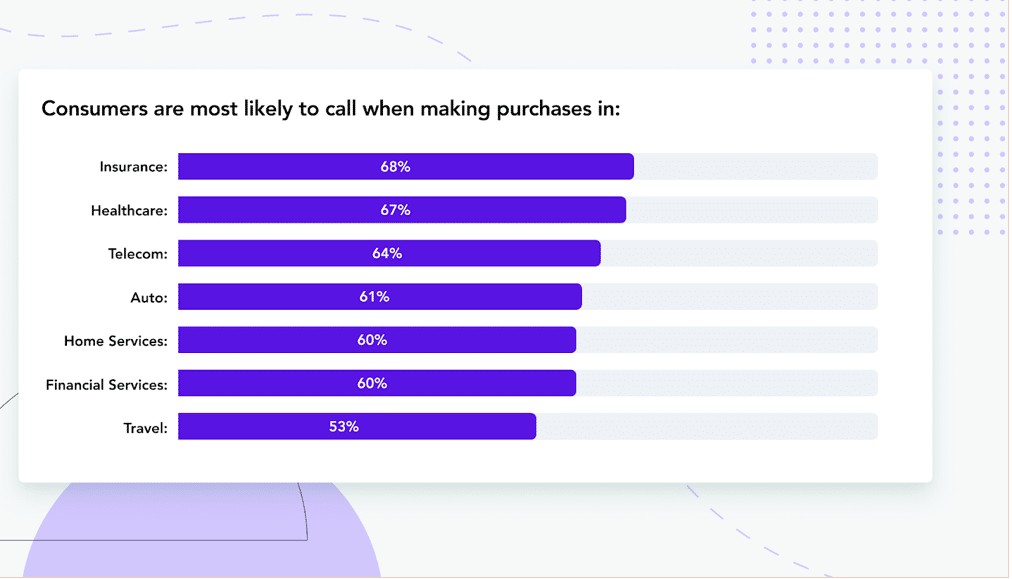When it comes to business operations, communication is everything. If you can’t communicate effectively with clients, you will struggle with retention. In fact, in most agency/client relationships, communicating positive results is just as important as delivering on your promises.
The majority of companies recognize this. In 2020, customer experience surpassed price and product quality as a primary competitive differentiator.
If you need to improve your communication game, here are eight best practices to follow when dealing with clients. Read this guide thoroughly and act on the insights to gain a competitive advantage that will help you retain customers and grow your business.
1. Pay close attention to the clients’ needs
Some agencies feel that regular catch-ups with clients are a waste of time. That couldn’t be further from the truth. Your client meetings are a chance for you to report on all of your progress. It’s also a chance to assess the relationship and identify emerging needs.
That last part is important.
The needs of a client often change. Sometimes, those changing needs are a result of internal business demands. For example, if you’re providing PR services, the person sitting on the other side of the table might need to show strong quarterly results.
At the beginning of the quarter, that will not be a pressing issue. As you near the end of the quarter, the report is a top priority. You need to be sensitive to these internal pressures.
Common things to look out for include:
- A new person in charge
- Changing business priorities
- Upcoming events, like conferences
- Work pressures on the client’s reporting staff
At other times, the change in needs might be the result of external factors. In this instance, your client might need to formulate a new marketing or sales strategy in response to external events. For example, many companies had a crisis moment when the Ever Given was grounded in the Suez Canal and impacted global trade.
Again, you need to be aware of potential issues and react to changing needs. Spending time on clients isn’t a sunk cost, as 86 percent of customers are willing to pay more for better customer service and customer experiences. This is all the more reason to communicate effectively with clients.
2. Respond to communications promptly
You must communicate promptly with your clients. You should set up some guidelines to define what promptly looks like depending on the communication channel you are using, whether it’s Slack, email, phone, or all of the above.
For example, you don’t need to respond to every message straight away when communicating by email. Doing so can interrupt your schedule and impact the quality of work for other clients.
It’s best to establish a manageable reply pattern. You might set aside time to respond to client emails once in the morning and then again in the afternoon. That would hit client expectations and ensure you can work effectively.
On the other hand, you might have provided your phone number as a means of contact in the case of an emergency. If so, you should always reply to calls if you’re available. You can use call routing to direct calls to the most relevant person or team department if you’re unavailable for whatever reason.
Set up a common-sense system of communication with a set of guidelines for your agency.
3. Set professional boundaries
Being available across multiple channels is important when you run a business. And while you should be available to service your clients’ needs, establishing boundaries is equally important.
Those boundaries might relate to your availability or the nature of work you can accept. Make it clear to customers when you’re not available or otherwise unable to take on a task.
Establish these boundaries early. Don’t mislead the customer about your availability. Misunderstandings in this regard can destroy a business relationship.
When starting a new contract, clarify expectations. Do they want regular updates? Do they expect you to be on call during business hours? How about after the traditional 9-5 hours?
Establishing expectations will reduce the risks of frustrations and employee burnout. It will also ensure that you and the customer are happy with the arrangements. This is the basis for a successful business relationship.
4. Be honest about your failure
Getting results for a client is never promised, and facing failure is a real occurrence in this industry. You should be honest about any failures and communicate any issues promptly to clients. Even if it’s unwelcome news, clients appreciate honesty (it helps build trust.) Trust is one of the cornerstones of a successful business relationship.
If you need to communicate a problem, you should:
- Never delay bad news.
- Consider how to communicate the problem. Face-to-face is usually the best option.
- Take the time to prepare. Include potential solutions to the issue.
- Follow up promptly to ensure the problem is resolved.
Taking the steps outlined above won’t make the problem disappear. However, you won’t make it worse by being clear upfront.
5. Accommodate your customer’s communication style
It’s best to establish how the client wants to communicate early. Do they prefer phone calls, texts, or emails? If you communicate in a way they like, information is better retained. And your client will appreciate your efforts to consider their needs.
Source: Invoca
It’s good practice to use certain channels of communication for conveying different things, as well. For example, you should use email to communicate important project-related information. That way, there is a record of the discussion.
It’s also good practice to summarize the outcome of a face-to-face discussion by email. Again, this ensures that no information is lost.
6. Make a personal connection
When it comes to client communication, making a personal connection goes a long way. Start with small comments about family or hobbies. Use that to establish the initial rapport with a client.
You should also try to meet some clients in a non-formal setting. For example, you can invite them out for drinks or a meal.
Building a personal rapport with clients will help strengthen your professional relationship. That will, in turn, reduce the rate of client churn. Sure, you still need to deliver the results that the client is paying you for.
Of course, you can’t build a personal rapport with every client. However, where there is a connection, try and develop that relationship. That could involve switching project managers for a client if someone else on your team gets on better with the client.
7. Review your response before hitting send
Take time reviewing all of the written communication with a client before hitting send. Hastily replying to emails can result in vital information being missed. Grammar mistakes and typos can make you look unprofessional and careless.
These are all easy problems to overcome. For example, you can use a grammar checker to catch typos.
Another tip, if you’re on Gmail, set up your email so that you get 30 seconds to un-send a message. I have this active, and I find myself using the feature once or twice a month when I catch a mistake.
8. Remember the little things
There are lots of little things you can do that can improve your relationship with a client. For example, remembering a client’s birthday and sending over a present is always appreciated.
Talking nicely to the receptionist at a client’s office is also a good call. I’d even suggest buying some office presents when you pop over. For instance, a cake or some biscuits normally goes down as a treat.
Little things like that can make a world of difference. It shows you care.
Remembering the little details might feel like a struggle, but it really shouldn’t. You can easily find a person’s birthday, for example. You can store this information on your CRM tool.
Wrapping up
There’s a common saying in business; people buy from people.
If you want your business to grow and if you want to successfully retain customers, you need to invest time in your clients. A key element of this is how you communicate with your clients. This guide discussed eight communication best practices you can apply when engaging with your clients. The tips I shared are all straightforward and easy to implement.
When working with a client, you need to pay attention to their needs. The best way to do this is by setting aside time for meetings. In your professional correspondence, respond to communications promptly, be honest about your failures, and set your boundaries. Other strategies like remembering a person’s birthday or reviewing your response before you hit send are also great tips that will endear you to your client.









